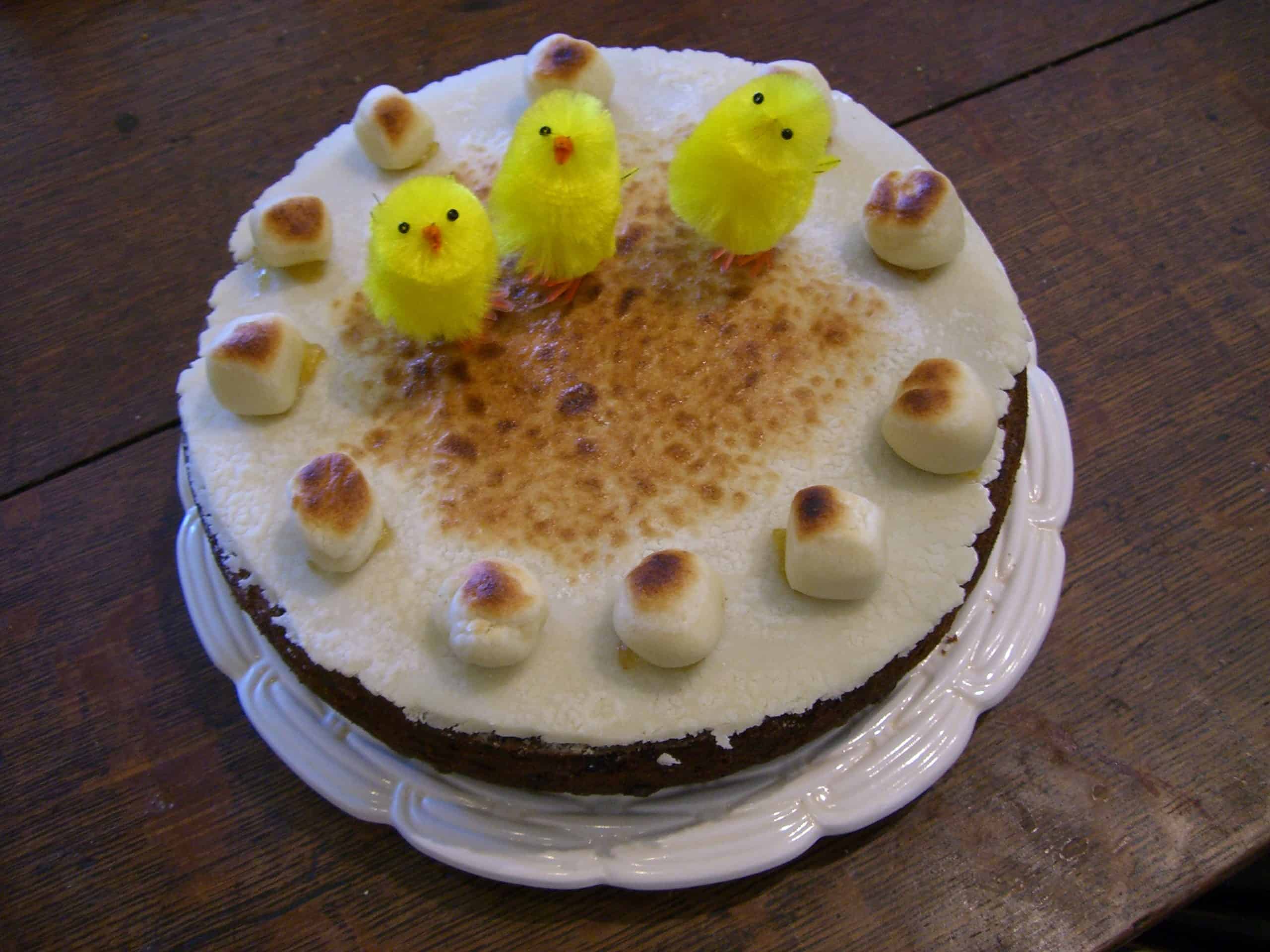Like Christmas, Easter is a holiday celebrated in many countries across the world. And, while each country or region may have its own traditions, one thing is common among them all: dessert.
From sweet breads to chocolatey delights, the desserts listed below are traditional in both their taste and preparation. Many stem from recipes that have been handed down from generation to generation. For example, sources have traced hot cross buns back to the 14th century.
Whether you enjoy creating various kinds of desserts or you’re simply curious about what other countries are baking up this time of year, here’s everything you need to know about a few of the most traditional Easter desserts from around the world. While these dishes may be traditional to their country of origin, some have made their way to America as well, just as some iconic American dishes have become global favorites, too.
To create this list, 24/7 Tempo compiled information from various sources. These include Business Insider, Food Network, and Forbes. Here are 15 traditional Easter desserts from around the world.
Simnel Cake
- Country of origin: United Kingdom
Similar to a fruit cake, simnel cake is flavored with dates and spices. What sets this cake apart, however, is the large amount of marzipan frosting that covers the top. After the cake is frosted in layers of sugary sweetness, 11 balls of marzipan are placed on top as well. Traditionally, these 11 balls represent the 12 apostles except for Judas Iscariot. According to British Food History, the simnel cake can also be traced back to medieval times, though the recipe has changed over the years.
Tsoureki
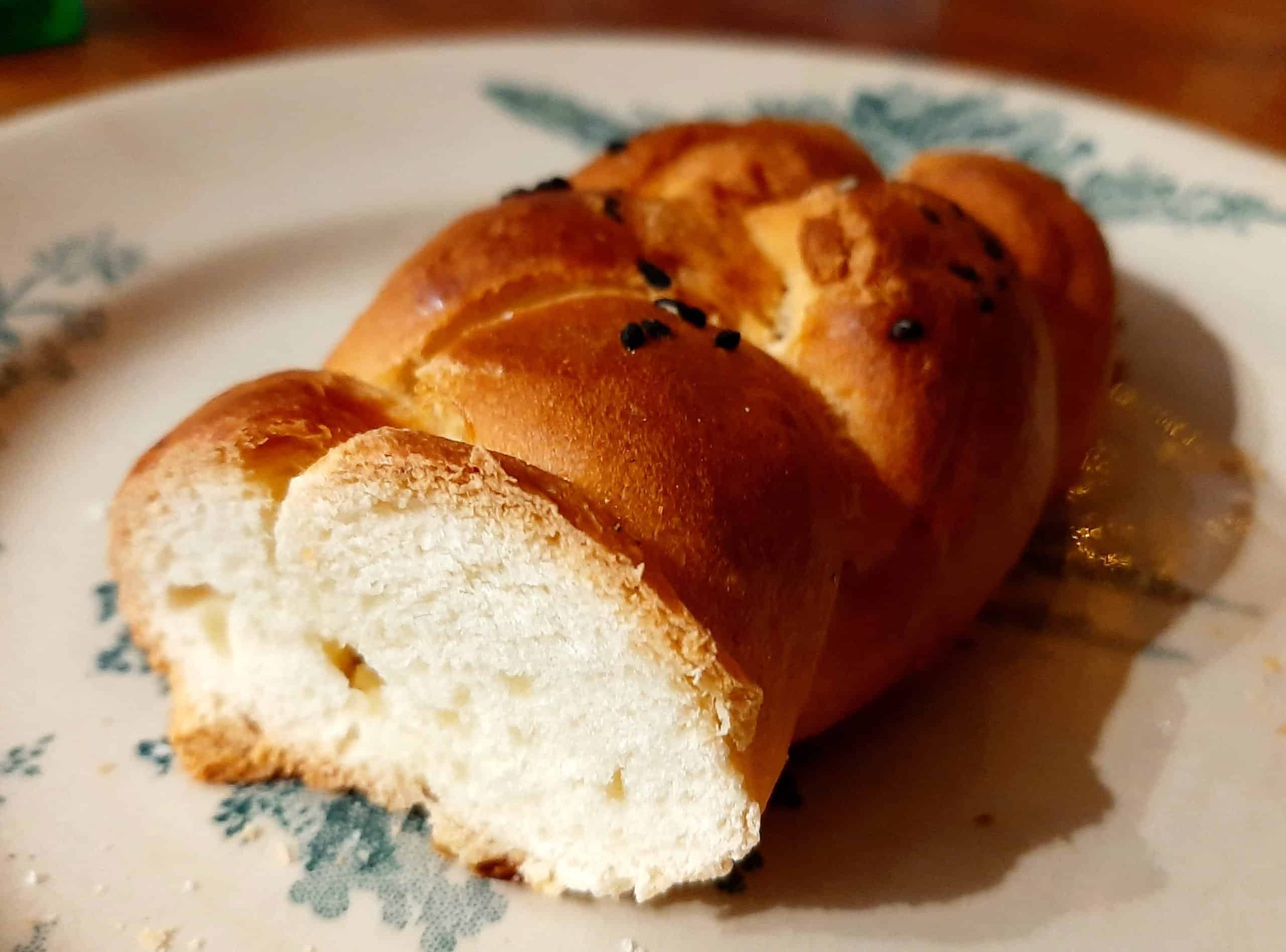
- Country of origin: Greece
Traditionally eaten to break the lenten fast, tsoureki is a sweet bread made of simple ingredients. What sets it apart is the addition of a bit of orange zest or the Greek spice mahlepi which gives it a bit more flavor. This bread is also traditional around Easter due to its coloration. Red eggs are often used to cover the bread as this is a symbol of Jesus’ blood. Some variations of the bread are also decorated with a cross on top.
Hot Cross Buns
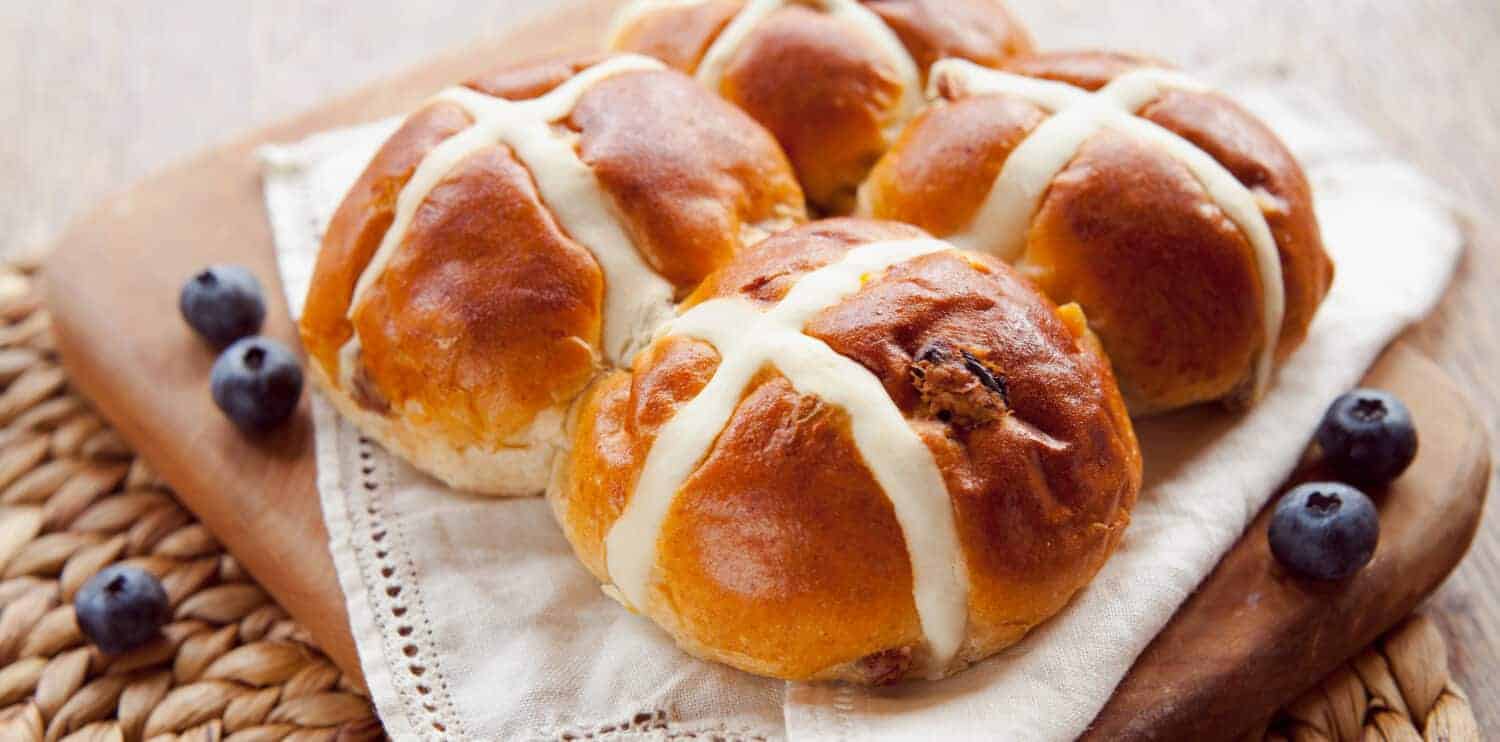
- Country of origin: United Kingdom
Traditionally consumed on Good Friday, the hot cross bun is an Easter staple throughout the United Kingdom and various other countries such as Australia and South Africa. These sweet rolls are identified by their signature cross design on top, giving them their name. Additionally, the buns are made with a spice blend that includes some combination of cinnamon, nutmeg, orange zest, and cloves.
Each part of the bun signifies a part of Easter as well. The cross represents Jesus’ death while the spice blend gives homage to the spices used to embalm him at his burial. While these sweet rolls are popular at Easter, they can typically be found year-round in the U.K., too.
Babovka

- Country of origin: Czech Republic
Appearing similar to a bundt cake is the bobovka, a traditional Czech dessert at Easter. This cake can be made in various ways. Some add dried fruit to the batter while others swirl both vanilla and chocolate batter to make a marbled cake. The most traditional way to bake the cake is to place it in a ceramic pot, but a bundt form can also be used. Once the cake has baked and cooled, powdered sugar is often sprinkled on top.
Capirotada
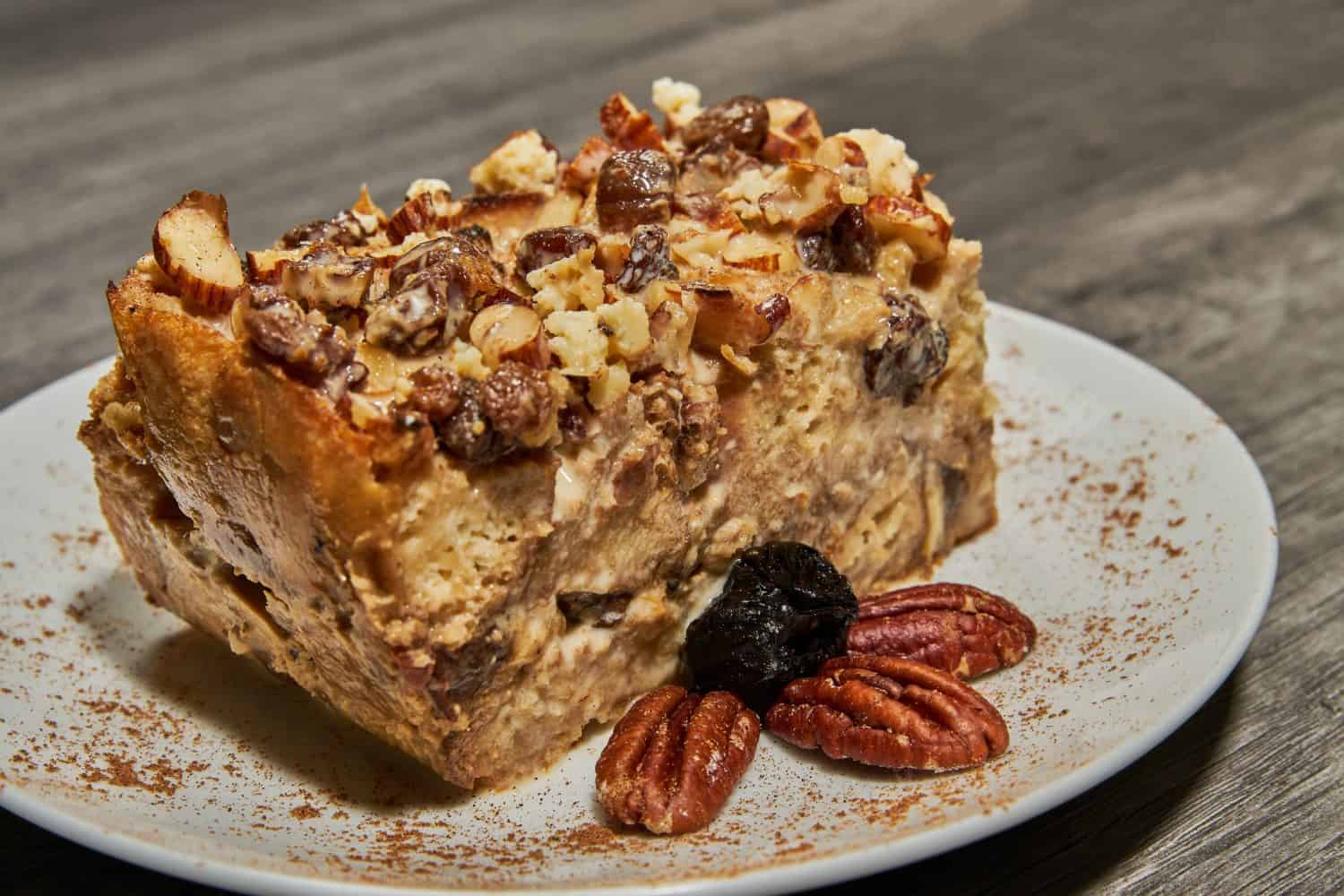
- Country of origin: Mexico
In Mexico, capirotada is similar to bread pudding and is traditionally served during Lent. This dessert begins with dry, aged bread, similar to the French baguette. Then, a homemade sweet syrup is added. From here, many different variations of the dessert exist. Traditionally, the dessert includes dried fruit like raisins or mangos, as well as aged cheese. Some place sprinkles on the top for added color, too. Additionally, the various ingredients of the cake tie back to the story of Christ’s death.
Pashka
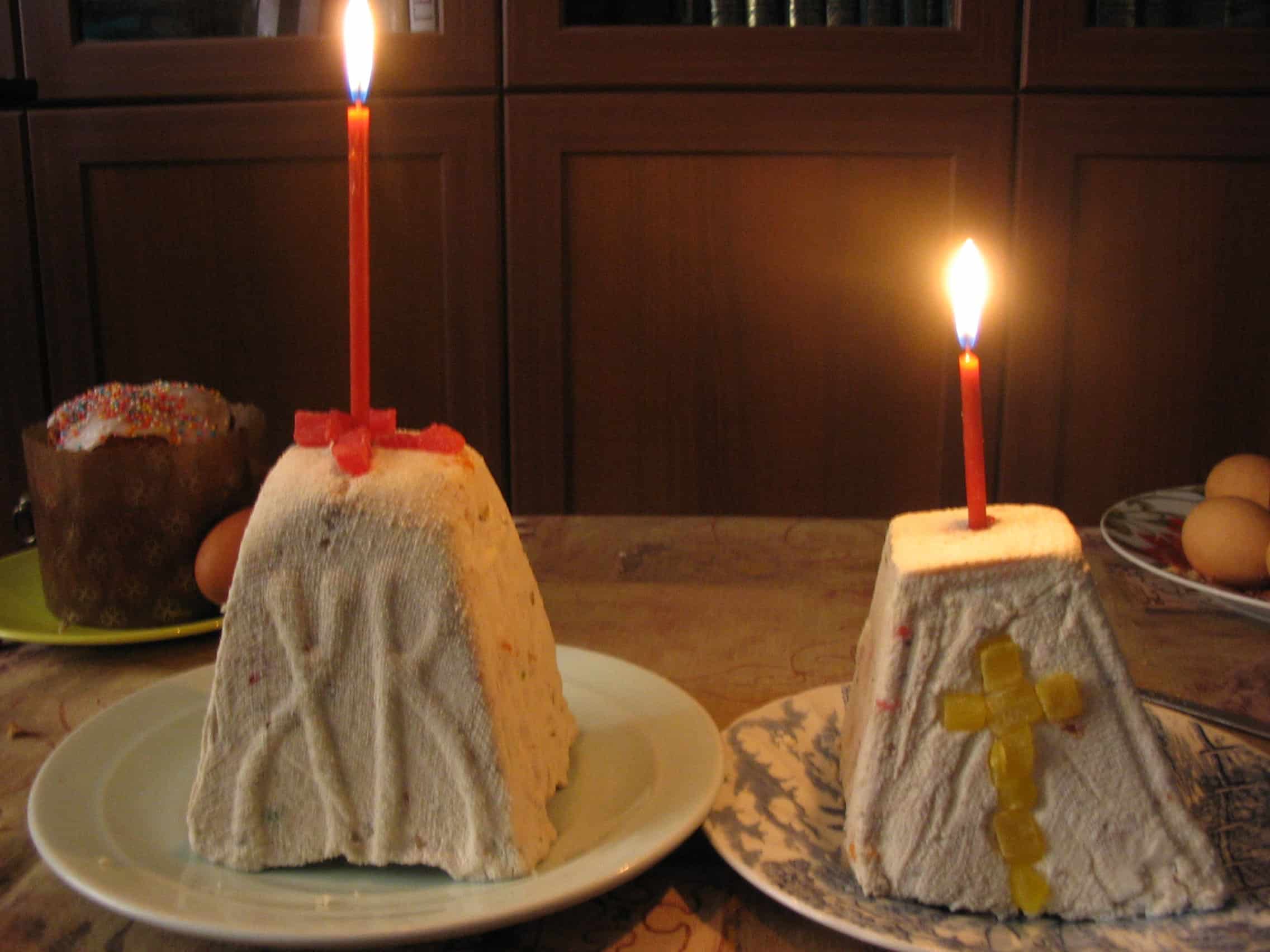
- Country of origin: Russia
Traditional to Russia yet served in other Eastern European countries, pashka is a cake shaped like a pyramid. This delicious dessert requires a special form for baking. Its ingredients and texture also more closely resemble a cheesecake instead of a flour cake. Ingredients include ricotta or farmer’s cheese, along with butter, eggs, cream, and other various fruits or spices.
What makes this cake unique, however, is the appearance of the letters XB on the side, which are created by the special mold. XB stands for a Slavic statement which loosely translates to “Chris is Risen.” Additionally, this cake is usually served with a lit candle on the top and surrounded by chocolates, almonds, or Easter eggs.
Semla

- Country of origin: Denmark
Popular and traditional in Denmark and other surrounding Nordic countries, a semla is a sweet roll containing a filling similar to whipped cream. As with many other desserts, semla recipes can vary in nature. Most, however, consist of a spiced wheat roll with the top cut off. The inside is then filled with an almond paste or cream before the top is placed back on and the whole roll is sprinkled with powdered sugar.
Mazurek Królewski
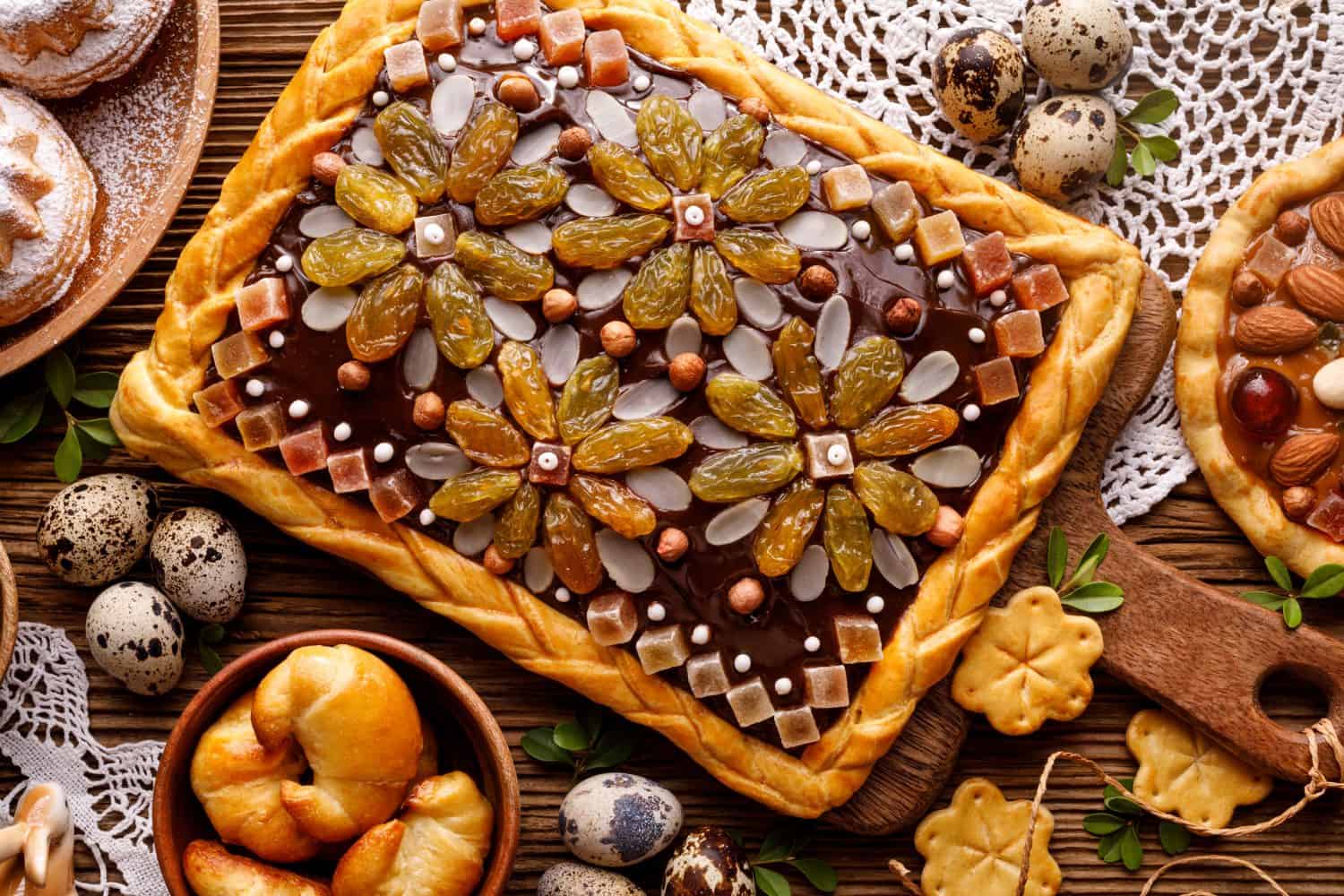
- Country of origin: Poland
Also known as the Polish Royal Mazurek, this flat cake is intricately designed and contains loads of fruit preserves, frosting, and sweet dough. Traditionally, this cake begins with a baked crust, often resembling a rectangular pie. The topping designs and ingredients vary by recipe, but often have some form of a lattice design which is then filled in with jams, dried fruit, or nuts. The final touch is then a dusting of powdered sugar on top.
Cocadas
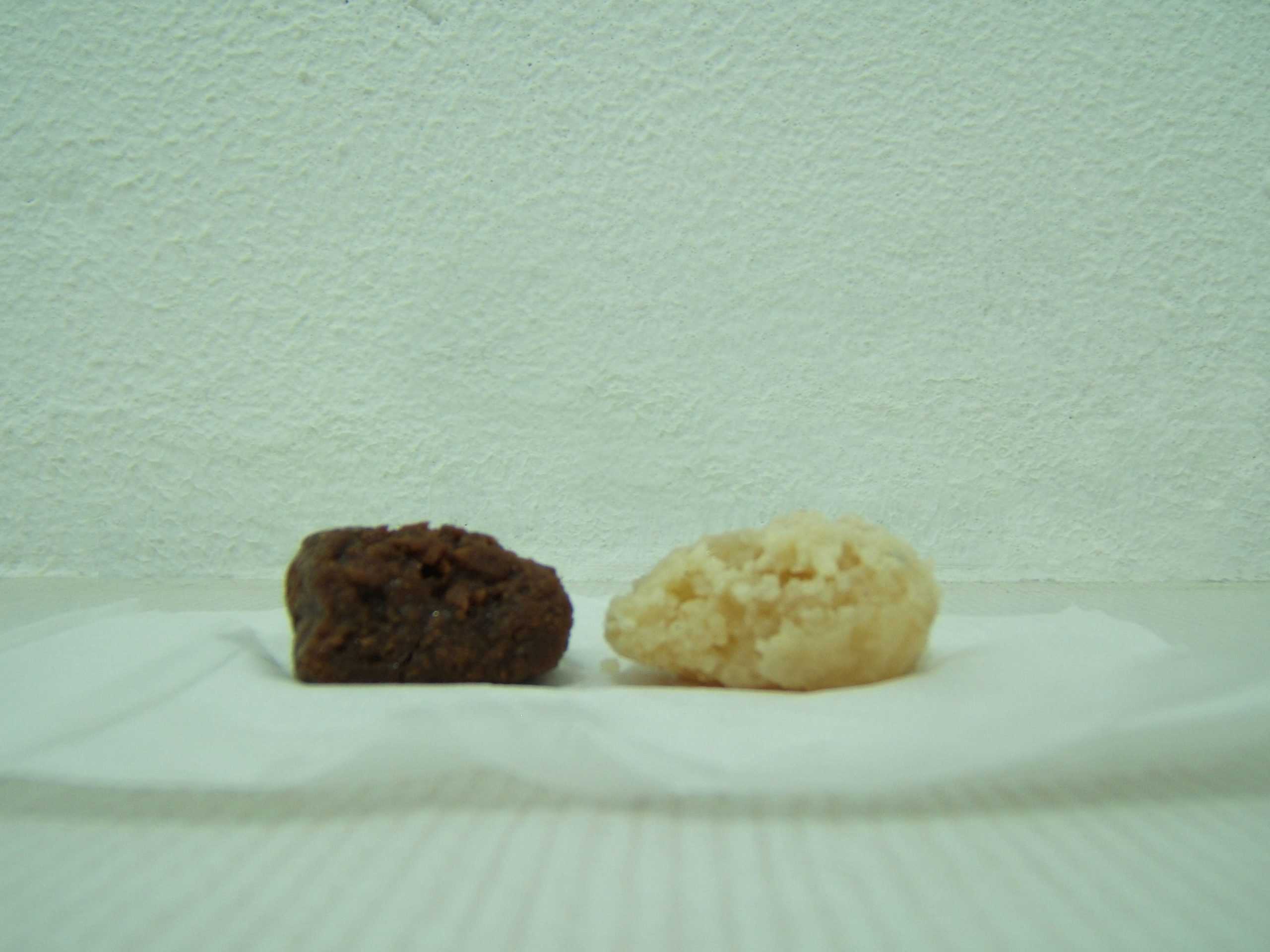
- Country of origin: South American Countries
Traditional to many countries in South America, cocadas are sweet candies covered in coconut. The ingredient list for these delicious desserts often includes sweetened condensed milk, eggs, and of course, coconut. Recipe variations then include additional toppings like nuts, dried fruit, or other spices.
Mona de Pascua
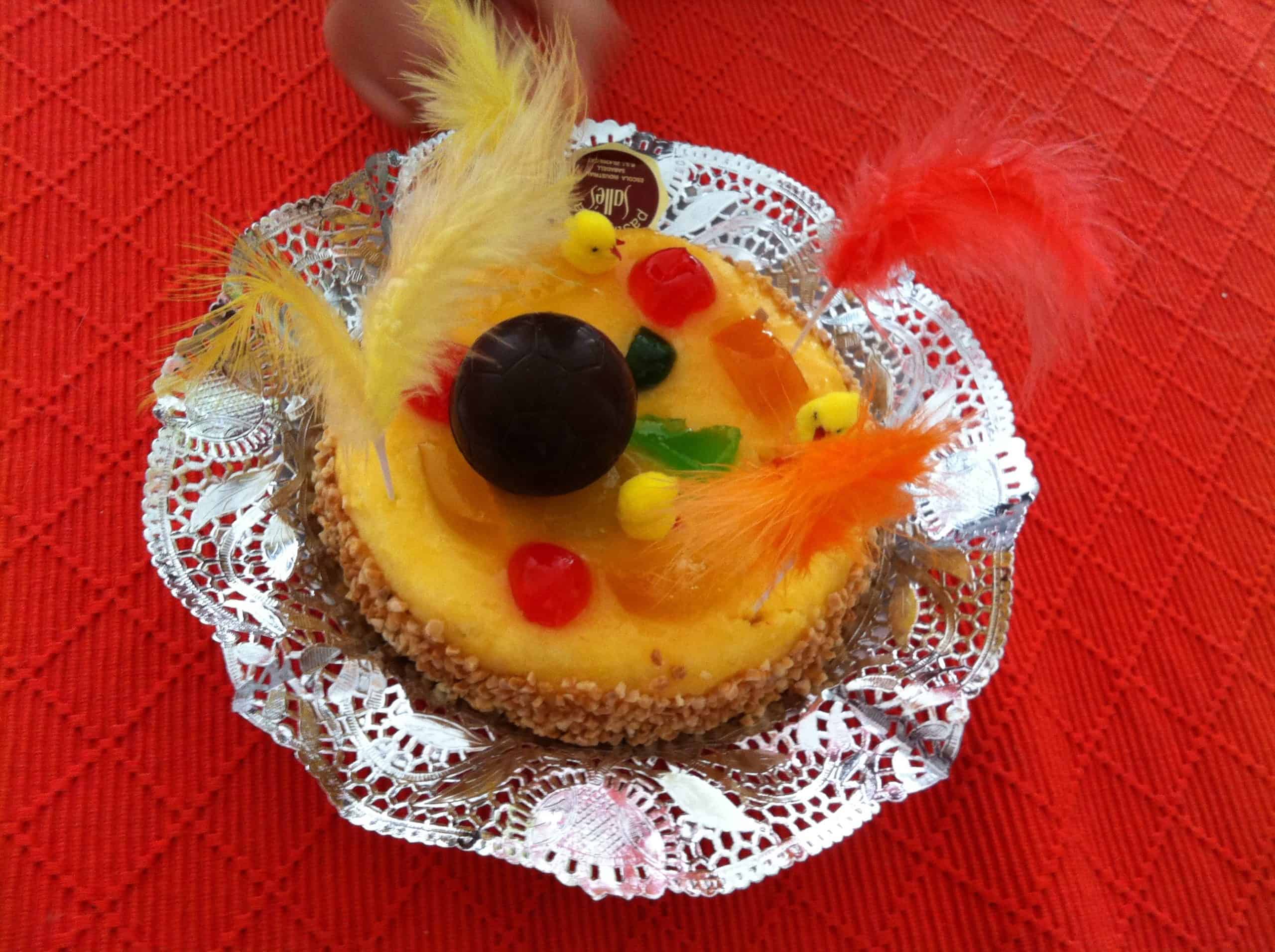
- Country of origin: Spain
Traditionally served on Easter morning, the Mona de Pascua dessert is designed to be shared by family and friends. The original recipe for this cake included a ring-shaped sweet bread and hard-boiled eggs. Today, however, the recipe includes numerous variations. This cake now comes in different shapes and sizes, and the toppings often include chocolates, caramels, and other fun designs.
Torrijas
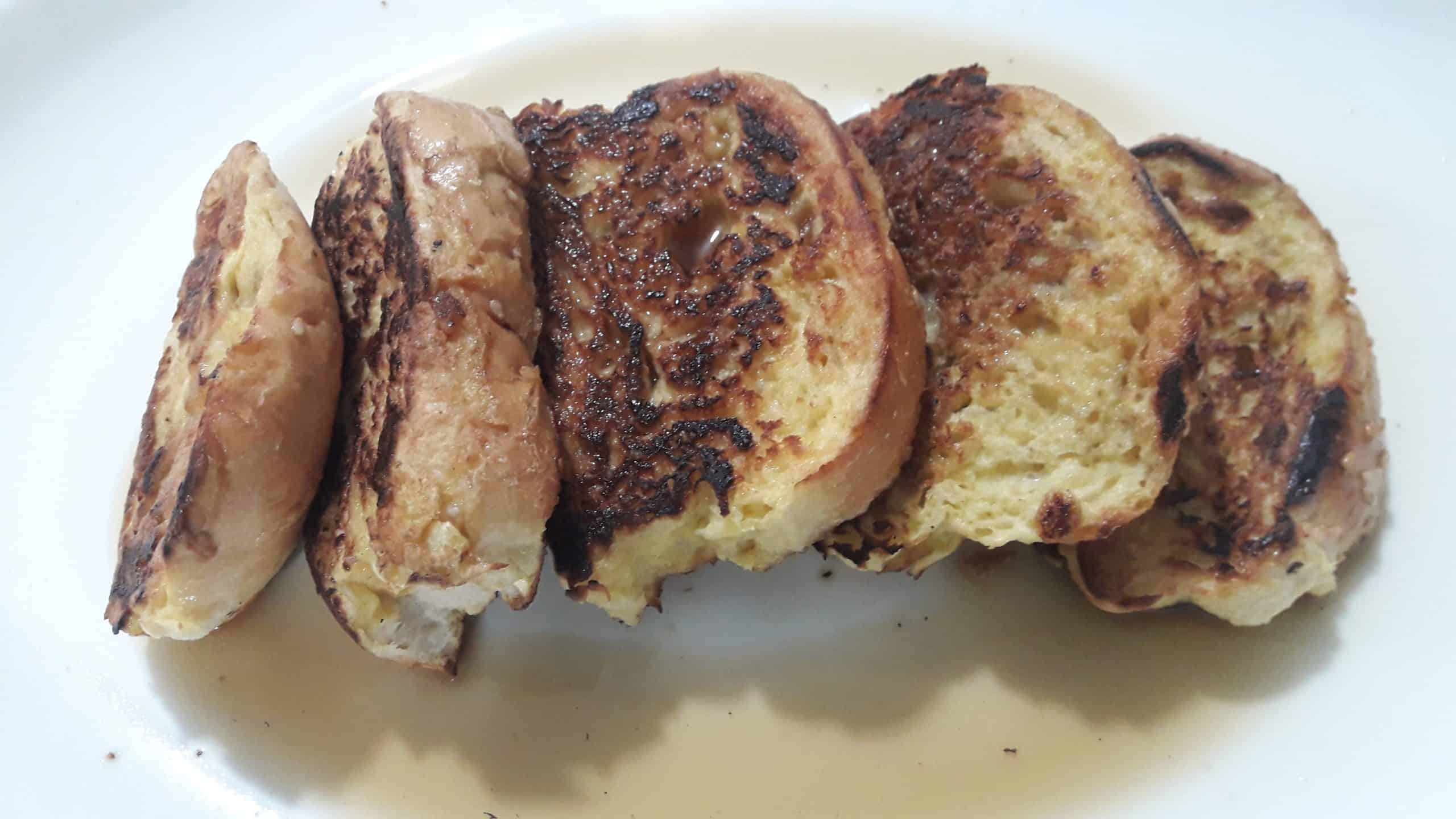
- Country of origin: Spain
Similar to french toast, torrijas are a Spanish breakfast delight at Easter time. The recipe includes old bread that is soaked in milk or occasionally wine or sherry. Then the bread is coated in eggs and fried in oil, giving it a crispy coating on the outside. Once the bread is fried, it’s sprinkled with cinnamon and sugar. Some also add honey to the finished breakfast food.
Chałka
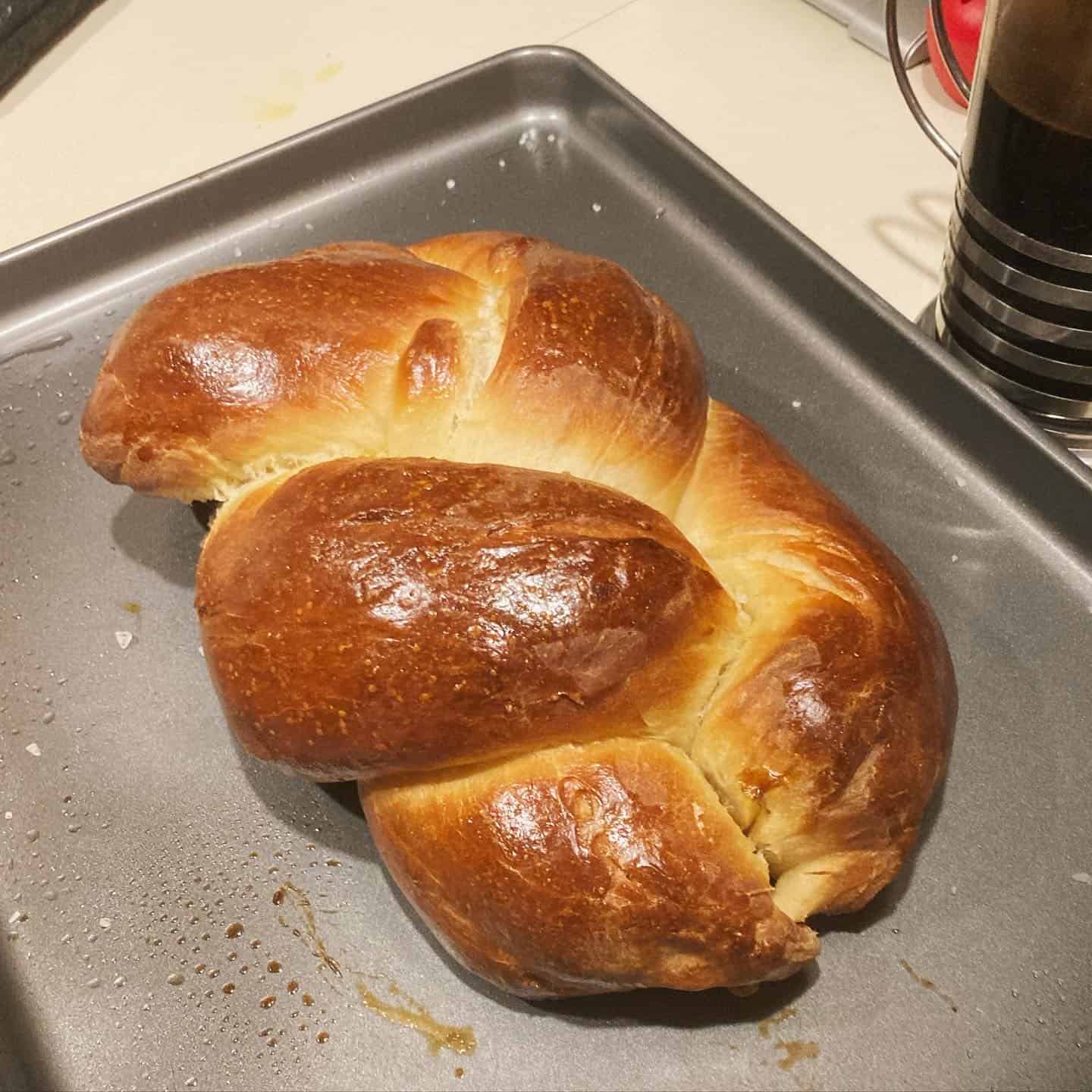
- Country of origin: Poland
This sweet bread is similar to the traditional Jewish challah in appearance. The bread is braided for design and often includes various dried fruits such as golden raisins. Leftovers are then used for bread pudding or french toast. In Polish culture, you’ll often find this bread at Christmastime, too.
Ricotta pie
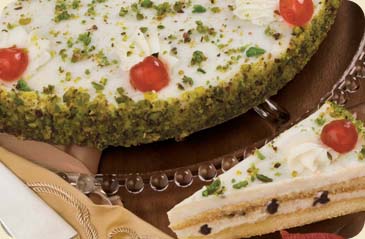
- Country of origin: Italy
One look at ricotta pie and you might think you’re looking at cheesecake. This traditional Sicilian dessert is a bit different though, containing ricotta cheese instead of cream cheese. Some recipes also include bits of chocolate or dried fruit in the filling. Additionally, this dessert includes a pie crust on top, unlike cheesecake which is often left uncovered.
Kulich
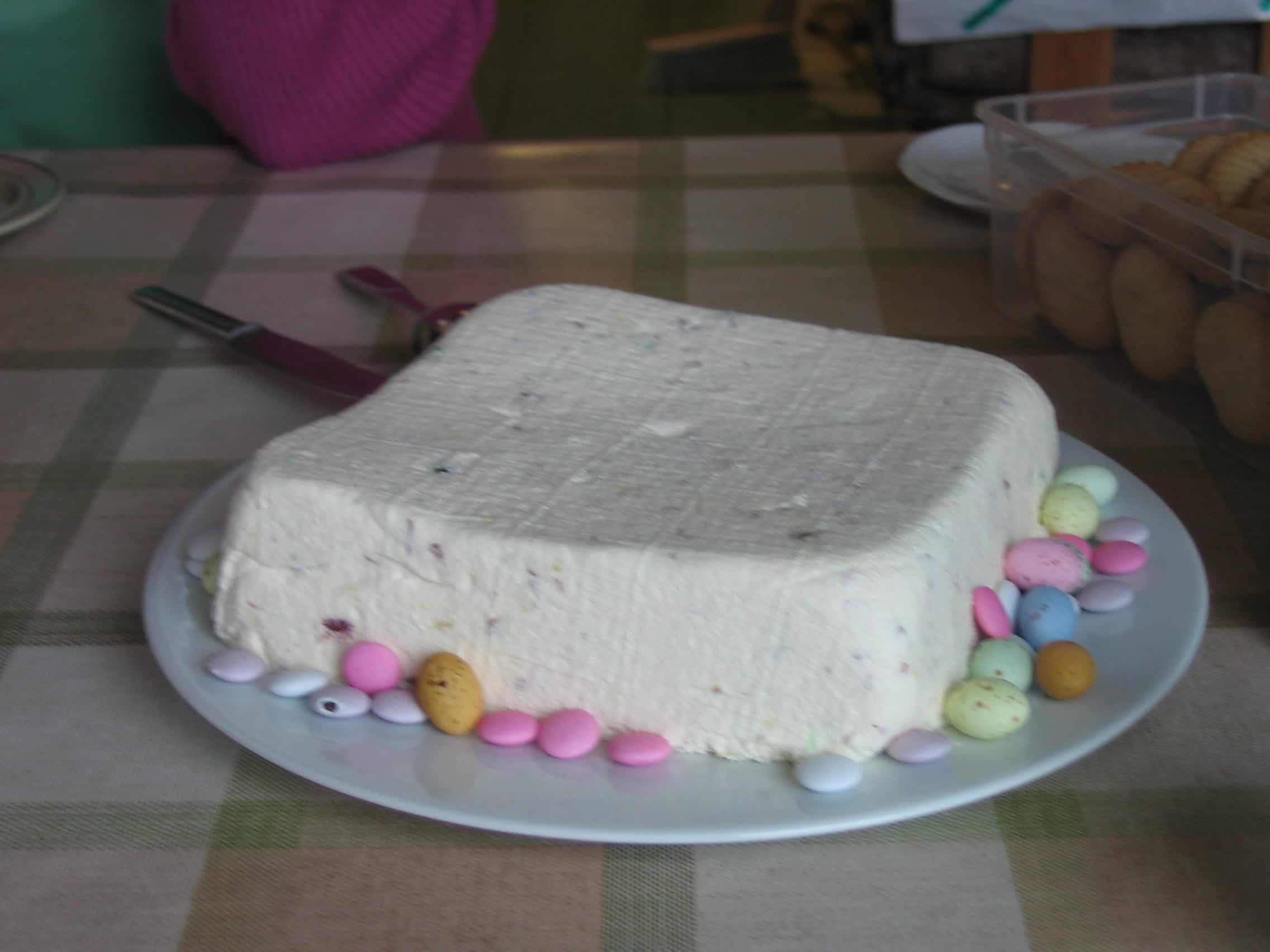
- Country of origin: Russia
Served in Russia and other countries like Bulgaria, Georgia, and Belarus, kulich is an Easter bread that appears tall and cylindrical in shape. Traditionally, the bread dough is blessed by the priest the night before Easter before it’s baked and prepared to be eaten on Easter morning. After the bread has been baked and cooled, it’s covered in white icing and sometimes decorated with flowers. This bread is a well-known tradition in these countries and is only eaten between Easter Sunday and Pentecost.
Mämmi
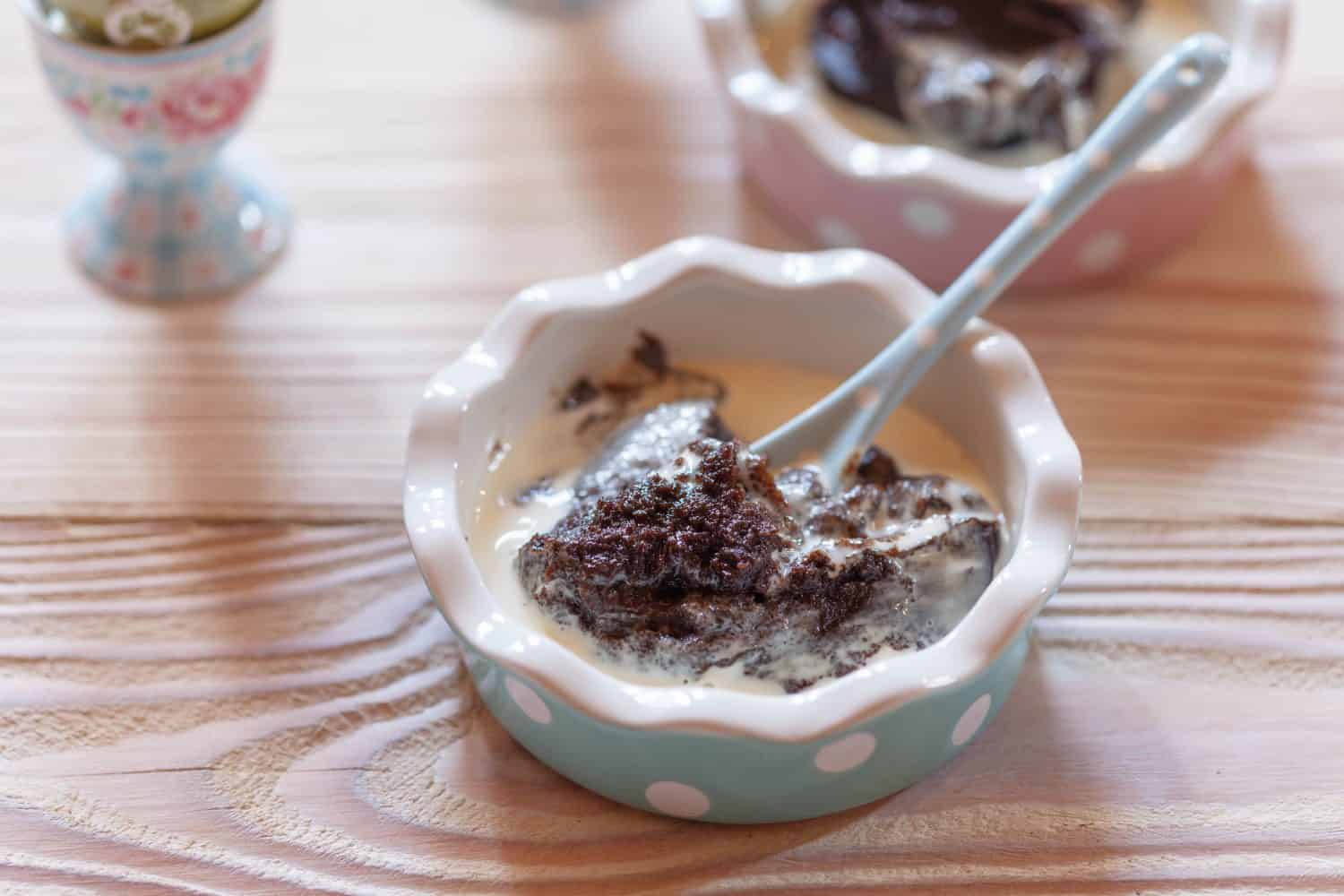
- Country of origin: Finland
Appearing similar to a molten lava cake, mämmi is a traditional Finish dessert that takes several days to prepare. Ingredients are combined and then baked. After the dessert has set, it needs 3 to 4 days to chill before serving. When it’s ready to be eaten, the dessert is often served chilled with milk or cream. Because of the time it takes to make mämmi from scratch, most find it easier to purchase the dessert from the store. Due to its creamy texture, it’s often used as a spread on bread, too. For more unique food information, check out this article on 10 foods you probably didn’t know could be very dangerous.
